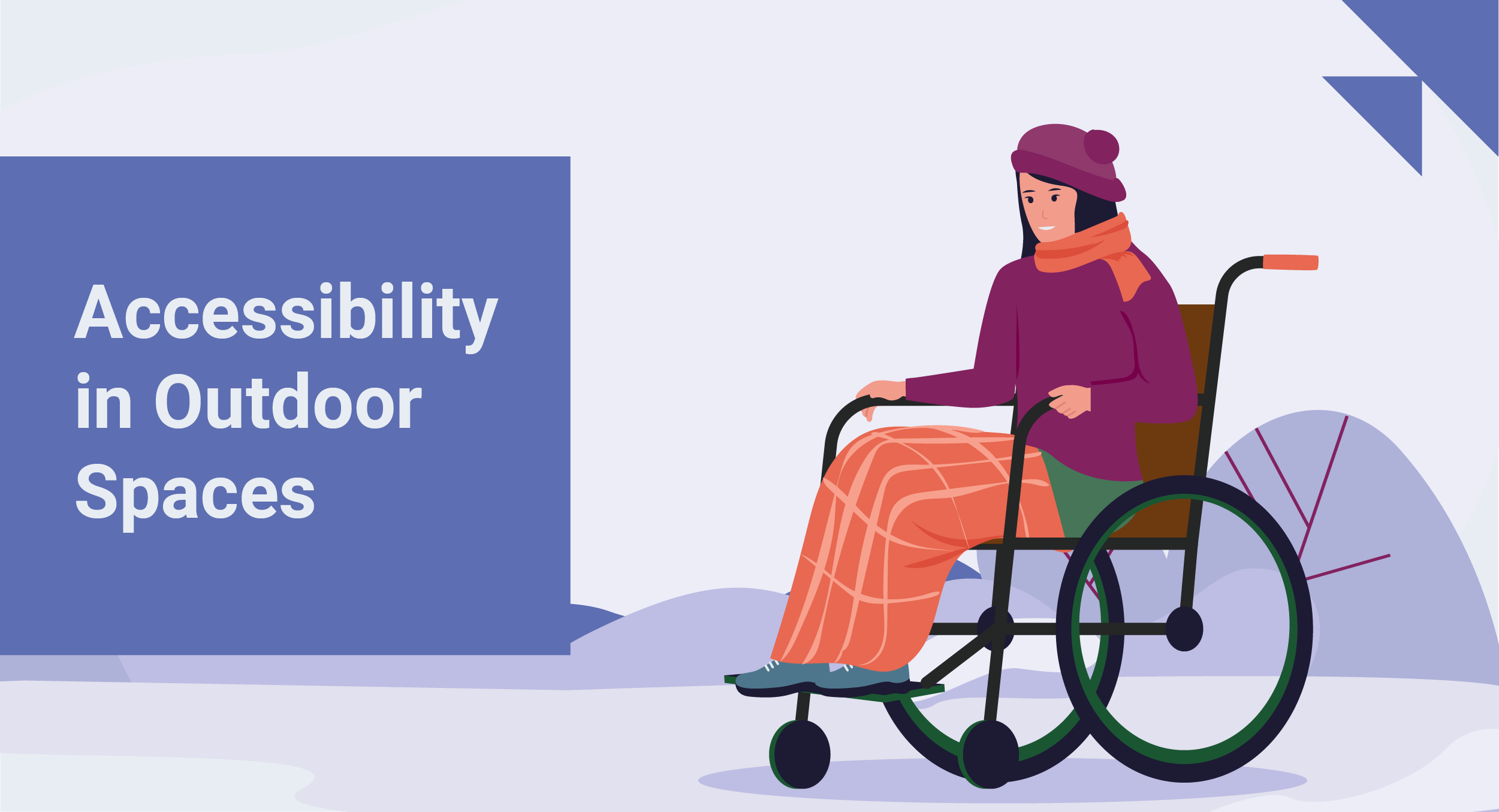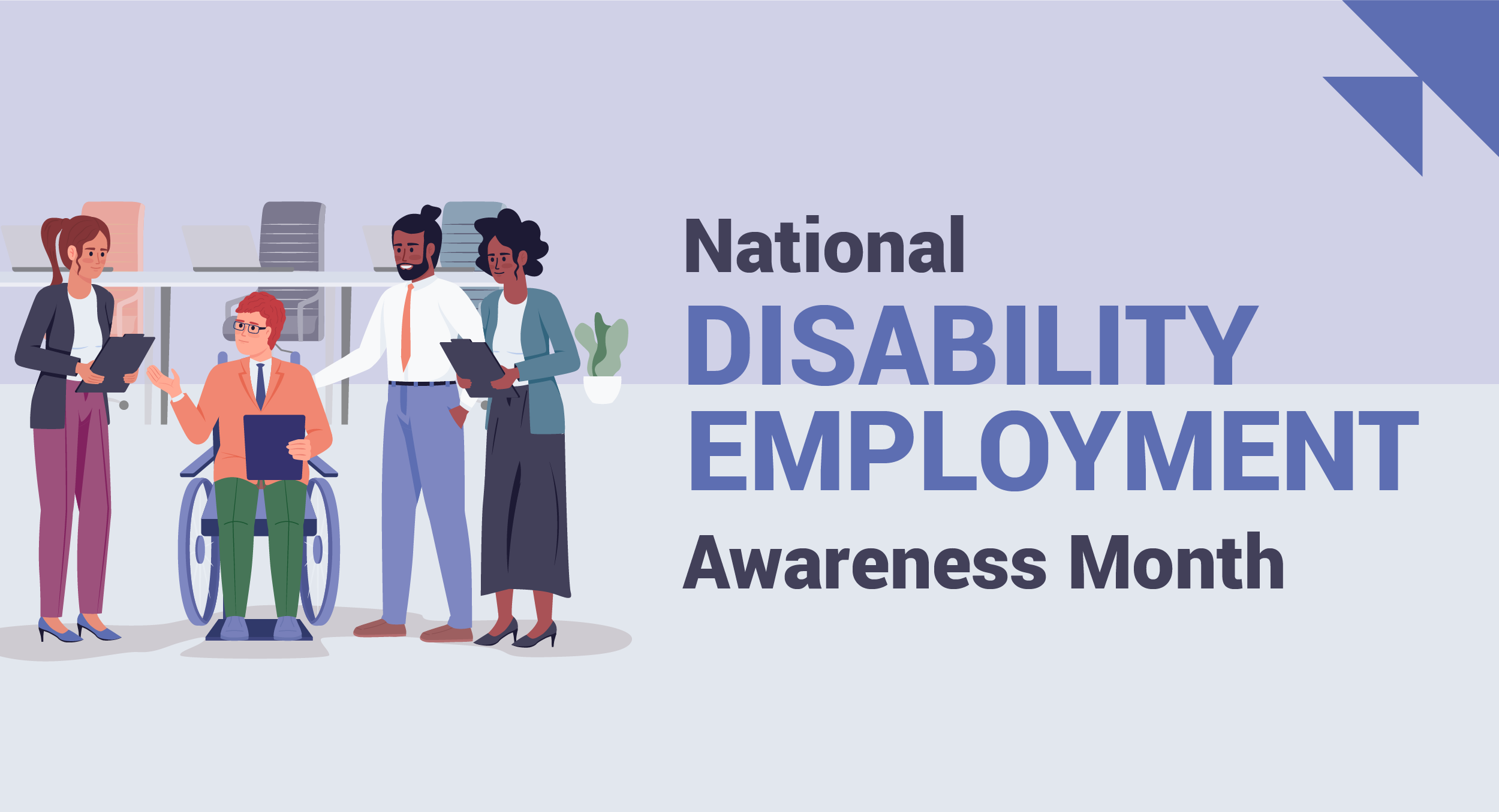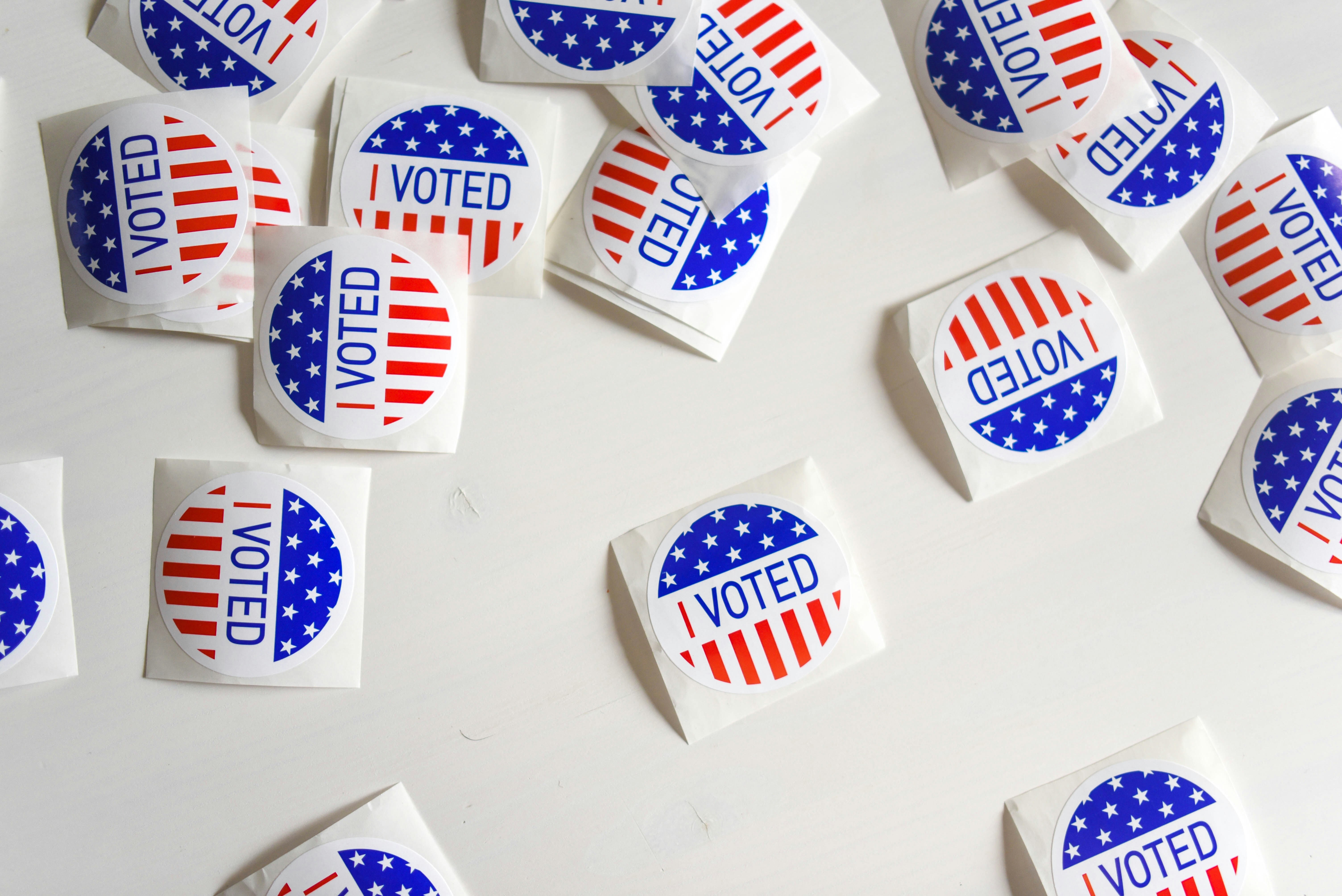Creating Inclusive Spaces for People with Autism
April is Autism Acceptance Month, because simple “awareness” of autism isn’t enough. In recent years, many public spaces and workplaces have been...

People with disabilities often face barriers to getting outside, not just because of their “ability,” but because of factors like ableism and lack of access to accessibility information. Yet in recent years, massive improvements have been made to help people with disabilities get outside. Here are some creative measures being taken to make the outdoors even more accessible.
National parks often have outdoor paved trails for wheelchair users, along with railings and signage, but national parks are taking additional steps to increase accessibility in the outdoors. For instance, Mount Rainier National Park recently announced on Instagram that it has been updating its accessibility options through a grant from the state of Washington, including creating a printable Accessibility Guide that includes “new content specific to people who are deaf or hard of hearing, blind or have low vision, neurodiverse, and with limited mobility. … Information on accessible facilities and exhibits has been greatly expanded.”
These are particularly impressive feats in a national park like Mount Rainier, which can already be inaccessible due to its long distance from services, rapidly changing weather, and little to no cell reception. Many of the facilities are more than 100 years old and often close for periods of time during the winter.

The National Park Service’s NPS App also offers a “a fully accessible experience with tools to benefit visitors with accessibility needs, such as audio descriptions of exhibits along trails and roads and in visitor centers,” per their website. Try it next time you find yourself at a national park. Also, check out our previous blog on promoting outdoor accessibility, featuring folks like Ian Mackay and Syren Nagakyrie, who are making trails—and the information on them— more accessible.
U.S. citizens or permanent residents with a medically assessed permanent disability are also eligible for a free national parks Access Pass, which offers access to over 2,000 different recreation sites.

Adaptive skiing involves the use of ski and snowboarding equipment that has been slightly modified to fit the needs of people with disabilities. There are “mono-skis,” where just one, slightly larger ski is outfitted with a seat on top for people who can’t use one or both of their legs. There are also tri-skis and tandem skis, which are variations on the same concept.
Here in the greater Portland metropolitan area, Mt. Hood Meadows offers adaptive discount ski lift tickets for $49 in the day or $19 at night! That’s a great deal compared to the usual lift pass cost of $129 and up. Mt. Hood Meadows also offers adaptive skiing lessons. As they say on their website, “Our instructors are specially trained in teaching lessons for individuals who experience a variety of cognitive, mental, and physical disabilities.”
Additionally, Mt. Hood Meadows has partnered with the international organization Hidden Disabilities and their Sunflower program for people with non-apparent disabilities. Guests with non-apparent or “hidden” disabilities can obtain a Sunflower lanyard, which alerts other resort staff and guests that the person may need more time or support.

The National Ability Center (NAC) serves individuals, families, and groups with disabilities by helping them discover their untapped potential in safe and inclusive ways. Whether it’s recreational activities like rock climbing, rafting or snowboarding, or other outdoorsy things like horse riding and camping, the NAC believes that “disability should never stand in the way of living a vibrant, active, and fulfilling life.”
Because of its unique location in Park City, Utah, NAC partners with Park City Mountain Resort for an amazing adaptive ski program. Their mission is to get people outside because, as they put it, “Too often, people with disabilities experience a lack of accessibility to recreational opportunities while facing discrimination and exclusion. Our why is rooted in the desire to bridge this gap, shatter misconceptions, and challenge the perception of limitations. We firmly believe that regardless of ability, every person deserves the opportunity to explore, learn, and grow.”
Many public areas, including playgrounds and even airports are becoming more sensory friendly and feature inclusive elements for those who are autistic or neurodivergent.
Mesa, Ariz., is the world’s first autism-friendly city certified by the International Board of Credentialing and Continuing Education Standards. You can plan an autism-friendly vacation in Mesa with different itineraries and activities for everyone. The city has also adopted the Hidden Disabilities Sunflower program.
While most nature trails offer a world away from over-the-top stimuli, other places, like Letchworth State Park in New York, go even further; the park’s Autism Nature Trail is a one-mile looped trail with eight stations to explore, offering opportunities for quiet engagement.
As the outdoors grow even more accessible—not only to people with varying abilities but to people of all different socioeconomic levels—it also becomes paramount to increase education and protection of the same nature we all love. Increased access and exposure of these wild areas to humans comes with consequences, such as trampled flora and fauna, littering, dangerous wildlife encounters, and even graffiti or vandalism.
Always remember to “leave no trace” and pack out what you pack in. Many national park trails allow dogs on campgrounds and parking lots, but not on paved trails; this ban can sometimes extend to service animals, because of the damage they can do to the surrounding ecosystem. Often the only exception is for seeing-eye or hearing-ear dogs.
While some conservationists and outdoor enthusiasts might want to engage in gatekeeping to keep people out of these natural areas, there is a better way, and that is the delicate balance between access and use, making the outdoors accessible while also keeping them wild for future generations to enjoy.
Relay Resources offers employment and business solutions for and with people with disabilities. Learn more about what Relay Resources does here, along with how you can support inclusive workplaces or find employment.

April is Autism Acceptance Month, because simple “awareness” of autism isn’t enough. In recent years, many public spaces and workplaces have been...

October is National Disability Employment Awareness Month (NDEAM), an initiative started by the Office of Disability Employment Policy (ODEP). The...

The ability to vote is one of the most powerful and fundamental rights in a democracy, embodying the very essence of civic participation and...